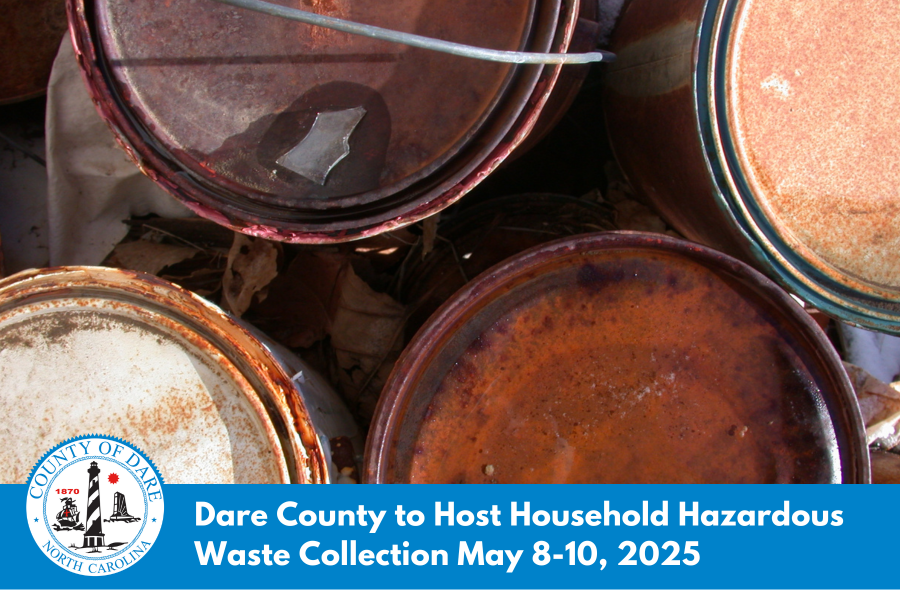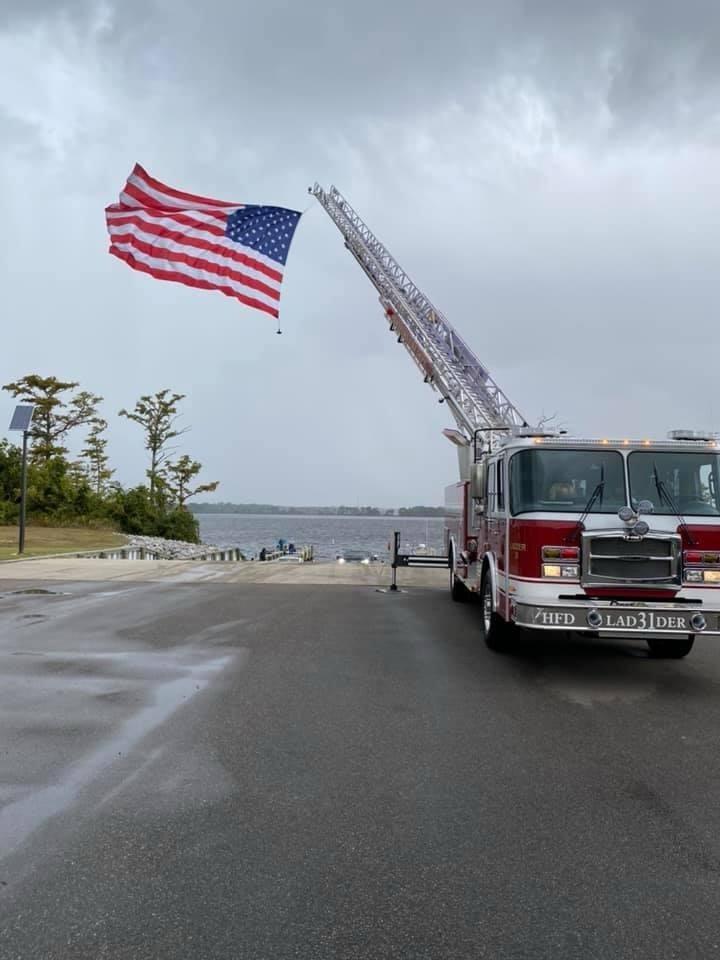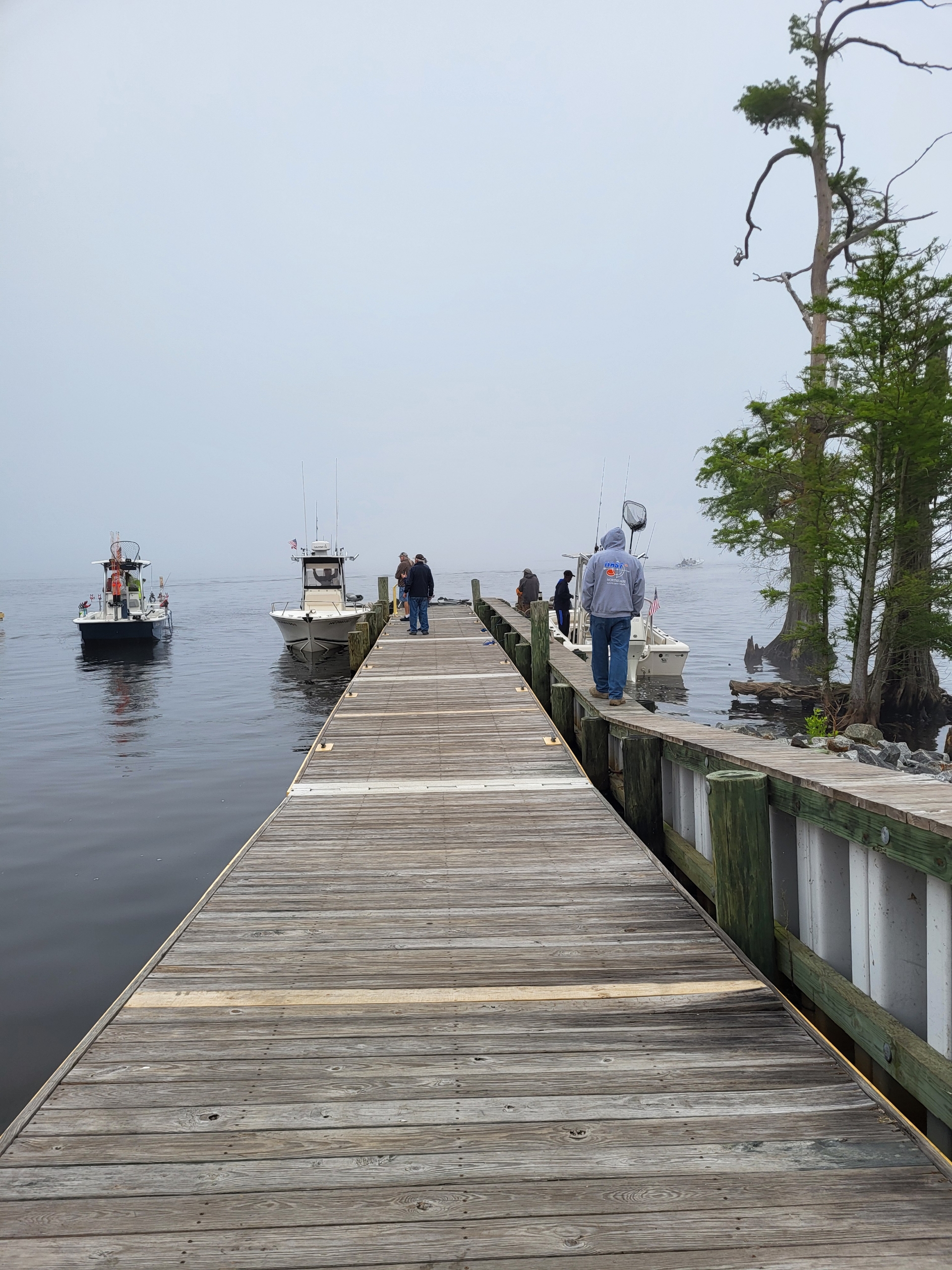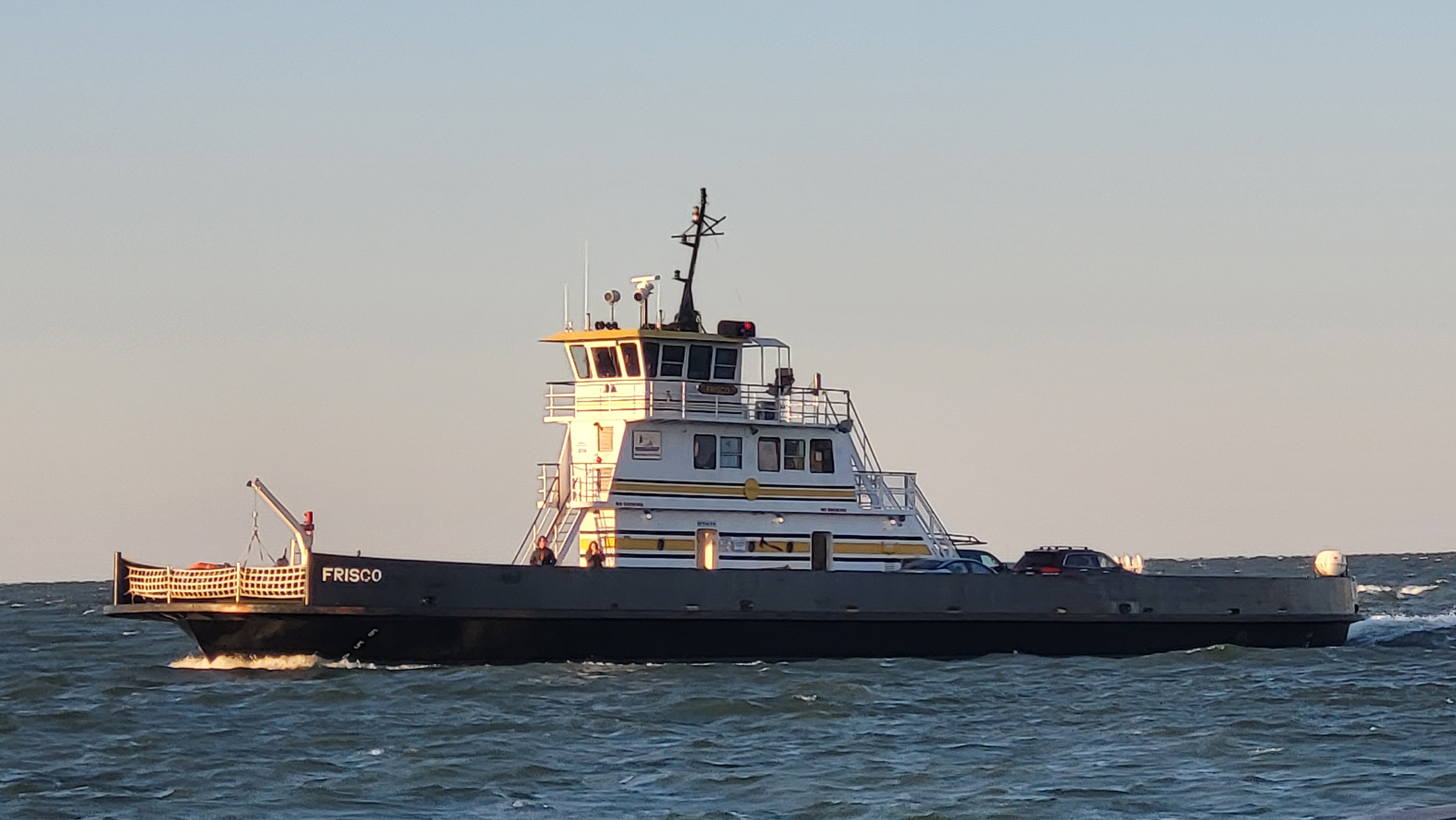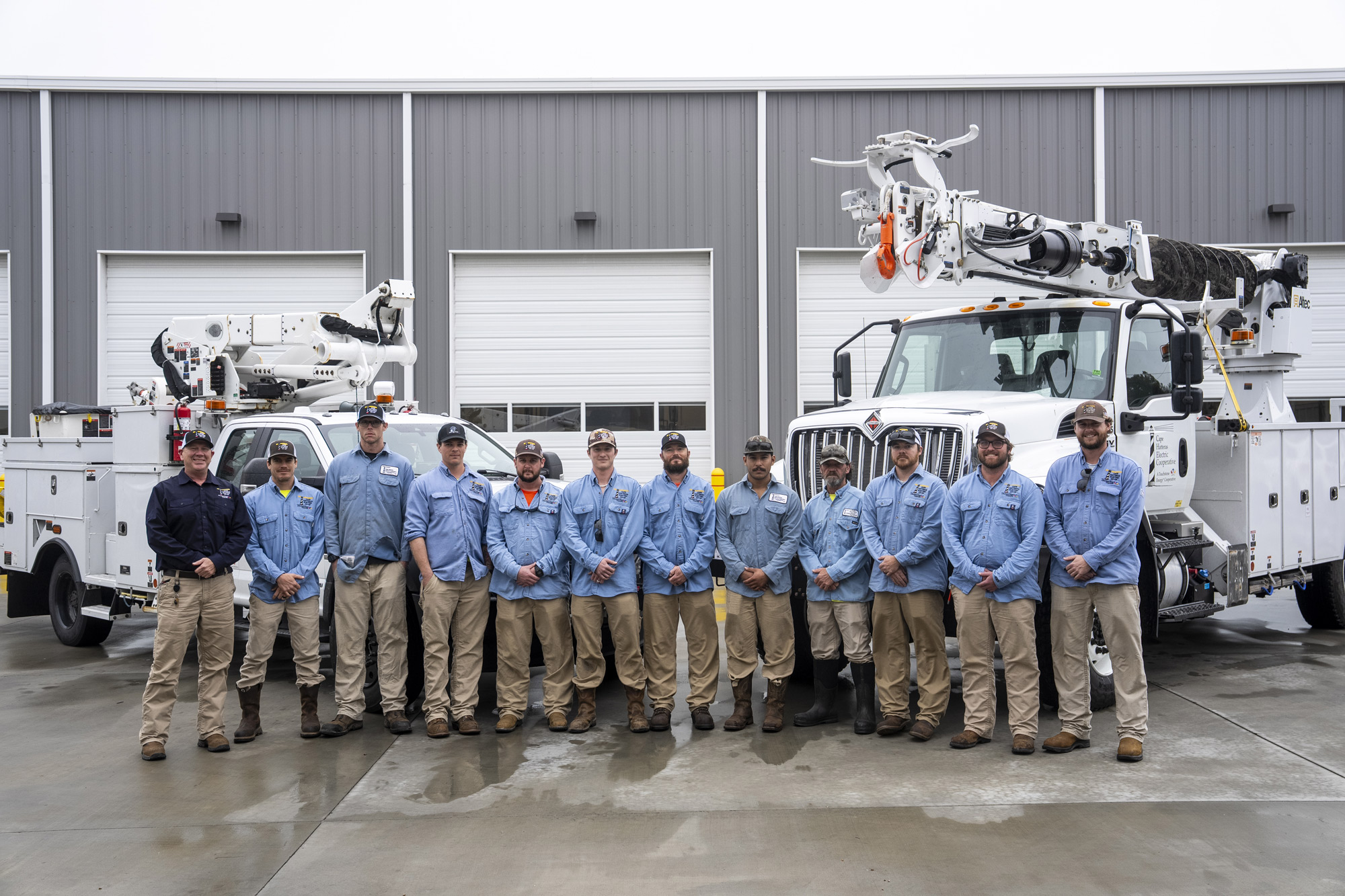Night Sky: Perseid Meteor shower, nebulae views, and more highlights for August

This is M27, the Dumbbell Nebula. It was discovered by Charles Messier in 1764. The name “Dumbbell” is credited to John Herschel, (son of William Herschel). He thought it looked like the double-headed shot commonly used for hunting, which are called “dumbbells.”
M27 is a good target to find with a pair of binoculars. On August 1, it will be about 51° above the eastern horizon at 9:30 p.m.
M27 is about 1,400 light years away from us and has a visual magnitude of +7.4.
What you can look for in August’s Night Skies
Venus is easy to find in the western skies right after sunset. On August 1, it’s the bright “star,” about 15° above the horizon.
Saturn rises in the east at 8:02 p.m. It’s followed by Jupiter at 9 p.m. Neptune rises at 10:02 p.m., and Uranus rises at 12:17 a.m.
The Perseid Meteor shower peaks on August 11 at 4 a.m.! This is a major shower that can have as many as 100 shooting stars per hour. And with any luck, you might see a fireball or two!
You don’t have to wait until the wee hours or the morning to view it. Simply look to the ENE skies any clear dark evening in August, and you might be able to see a shooting star or two!
Moon Phases:
New Moon is August 8
1st Quarter is August 15
Full Moon is August 22
Last Quarter is August 30





